Home>Kitchen & Cooking>Kitchen Gadgets & Utensils>How Does A Kettle Work


Kitchen Gadgets & Utensils
How Does A Kettle Work
Published: January 21, 2024
Discover how a kettle works and its significance in your kitchen. Learn about this essential kitchen gadget and utensil for your daily needs.
(Many of the links in this article redirect to a specific reviewed product. Your purchase of these products through affiliate links helps to generate commission for Storables.com, at no extra cost. Learn more)
Introduction
Read more: How Does An Electric Kettle Work
Introduction
Welcome to the heart of the kitchen, where the humble kettle takes center stage! Whether you're craving a comforting cup of tea, a quick bowl of instant noodles, or a steaming mug of coffee, the trusty kettle is the go-to appliance for swiftly heating water. But have you ever paused to ponder the fascinating inner workings of this everyday kitchen essential? Join us on a journey as we delve into the captivating world of kettles, uncovering the basic components, heating mechanisms, boiling processes, and safety features that make these vessels a staple in homes worldwide. Prepare to be amazed by the simple yet ingenious technology that powers the ubiquitous kettle, transforming the mundane task of water heating into a seamless and efficient experience. Let's embark on this enlightening exploration to unravel the mystery of how a kettle works!
Basic Components of a Kettle
Key Takeaways:
- The kettle’s heating element and thermostat work together to heat water safely and efficiently, preventing overheating and conserving energy.
- Kettles are designed with safety features like automatic shut-off and cool-touch handles to ensure a secure and reliable water-heating experience, prioritizing user well-being.
Basic Components of a Kettle
Before we unravel the magic behind the operation of a kettle, let’s acquaint ourselves with its fundamental components. A typical kettle comprises a few essential elements that work in harmony to facilitate the heating of water. At first glance, the exterior of a kettle showcases the handle, spout, and lid, which not only contribute to its functionality but also add to its aesthetic appeal. The handle, often made of heat-resistant material, ensures a secure grip for effortless pouring, while the spout facilitates the smooth dispensing of hot water. Meanwhile, the lid, which can be hinged or removable, allows for convenient refilling and cleaning.
As we shift our focus to the interior of the kettle, we encounter the heating element, a crucial component responsible for elevating the water temperature. In electric kettles, this element is typically concealed beneath the base, preventing direct contact with water and minimizing the risk of corrosion. Additionally, a thermostat, often accompanied by a temperature control mechanism, regulates the heating process, ensuring that the water reaches the desired temperature without boiling over or reaching unsafe levels.
Furthermore, the presence of a water level indicator, usually located on the exterior of the kettle, enables users to monitor the amount of water inside, preventing overfilling and potential spillage. Some modern kettles also feature a filter to trap impurities and sediment, enhancing the purity and clarity of the heated water. Lastly, the power base or cord, found in electric kettles, facilitates the connection to a power source, enabling the seamless operation of the heating element.
Understanding these basic components paves the way for a deeper appreciation of the intricate processes that unfold within the confines of a kettle. With this foundational knowledge in place, let’s journey into the fascinating realm of heating mechanisms to uncover the inner workings of this beloved kitchen companion.
Heating Mechanism
Read more: How Does A Cordless Electric Kettle Work
Heating Mechanism
As we venture into the realm of heating mechanisms, it becomes evident that the functionality of a kettle hinges on the efficient conversion of electrical energy into heat. In electric kettles, the heating element, typically crafted from stainless steel or other heat-resistant materials, serves as the powerhouse behind this transformative process. When the kettle is powered on, an electric current courses through the heating element, generating resistance that, in turn, produces heat. This heat is then transferred to the surrounding water, gradually raising its temperature to the desired level.
The concealed positioning of the heating element beneath the base of the kettle ensures that it remains insulated from direct contact with water, safeguarding it against corrosion and prolonging its longevity. This strategic placement also contributes to the seamless cleaning and maintenance of the kettle, as the interior remains unencumbered by exposed heating components.
Moreover, the integration of a thermostat, a pivotal feature in modern kettles, regulates the heating process with precision. Once the water reaches the designated temperature, the thermostat automatically cuts off the power supply to the heating element, preventing overheating and conserving energy. Some advanced kettles even incorporate temperature control settings, allowing users to customize the water temperature based on their specific preferences, be it for brewing delicate teas or preparing instant soups.
While electric kettles rely on electricity to power their heating mechanisms, traditional stovetop kettles harness the direct heat from a gas or electric stove to achieve the same objective. These kettles feature a base that comes into direct contact with the heat source, facilitating the transfer of thermal energy to the water within. The familiar whistling sound emitted by stovetop kettles serves as an auditory indicator of the water reaching its boiling point, adding a touch of nostalgia to the water-heating process.
Understanding the intricate dance between electrical energy, heating elements, and temperature regulation unveils the remarkable synergy that underpins the functionality of kettles. With the heating mechanism demystified, let’s venture further to unravel the captivating process of water reaching its boiling point within the confines of a kettle.
Boiling Process
Boiling Process
As the heating mechanism diligently elevates the temperature of the water within the confines of the kettle, a mesmerizing transformation takes place, ultimately culminating in the captivating spectacle of boiling water. The gradual rise in temperature triggers a series of captivating events that herald the imminent arrival of the boiling point.
At the onset of the heating process, the water molecules, initially in a tranquil state, begin to absorb the thermal energy emanating from the heating element. This infusion of energy imparts kinetic vigor to the molecules, causing them to oscillate with heightened intensity. As the temperature continues to ascend, the water molecules, now imbued with an abundance of kinetic energy, surge into a frenetic dance, their movements becoming increasingly erratic and vigorous.
As the water temperature approaches 100 degrees Celsius (212 degrees Fahrenheit) at standard atmospheric pressure, a pivotal juncture is reached. At this critical threshold, the water molecules, propelled by the surging energy within, collectively break free from the constraints of the liquid state, transitioning into the gaseous realm. The once placid surface of the water gives way to a tumultuous symphony of bubbles, as the liberated water vapor ascends with exuberance, punctuating the air with wisps of steam.
The iconic sight and sound of a kettle reaching its boiling point, often accompanied by the jubilant chorus of bubbling and the billowing release of steam, signify the triumphant culmination of the boiling process. This enchanting metamorphosis not only signifies the attainment of the desired water temperature but also serves as a testament to the meticulous engineering that underpins the functionality of the humble kettle.
Whether it’s the gentle whisper of a stovetop kettle or the discreet hum of an electric counterpart, the symphony of sounds heralds the transformation of water into its gaseous form, a testament to the precision and finesse of the heating mechanism. As we bask in the allure of this captivating process, it’s imperative to acknowledge the safety features that ensure the seamless and secure operation of kettles, safeguarding users from potential hazards and mishaps.
Safety Features
Read more: How Long Does An Electric Kettle Last
Safety Features
Amid the enchanting orchestration of heating and boiling, kettles are equipped with an array of safety features designed to prioritize user well-being and prevent potential accidents. These integral components serve as guardians, ensuring that the process of water heating remains secure and reliable.
One of the primary safety features found in modern kettles is the automatic shut-off mechanism. Once the water reaches its boiling point or the designated temperature, this mechanism promptly deactivates the heating element, averting the risk of overheating and safeguarding against energy wastage. This thoughtful inclusion not only enhances energy efficiency but also mitigates the likelihood of water evaporation and the subsequent damage to the kettle.
Furthermore, the handle of the kettle, often crafted from heat-resistant materials such as plastic or thermoplastic elastomers, remains cool to the touch even during the heating process. This design element ensures that users can handle the kettle safely, minimizing the risk of burns or discomfort when pouring the hot water.
Additionally, the presence of a secure lid, whether hinged or removable, prevents accidental splashes or spills while the water is being heated. This feature not only maintains the integrity of the heating process but also shields users from potential scalding or injury caused by hot water splattering.
For electric kettles, the power base or cord is equipped with safety measures to prevent electrical mishaps. These may include features such as automatic cord retraction, ensuring that the cord remains neatly stowed when not in use, thereby reducing the risk of tripping or entanglement.
Moreover, some kettles incorporate boil-dry protection, a proactive feature that detects the absence of water inside the kettle and automatically switches off the heating element. This preventive measure not only averts the potential damage to the kettle but also eliminates the hazard of the heating element running without water, which could lead to overheating or electrical malfunctions.
By integrating these safety features into the design of kettles, manufacturers prioritize user safety and well-being, elevating the overall experience of water heating while instilling confidence in the reliable functionality of these indispensable kitchen companions.
Conclusion
Conclusion
Embarking on this illuminating exploration of the inner workings of a kettle has unveiled a captivating tapestry of innovation and functionality. From the fundamental components that form the bedrock of its design to the intricate heating mechanism that powers its operation, the kettle stands as a testament to the seamless fusion of form and function.
The enchanting spectacle of the boiling process, with its crescendo of bubbling and billowing steam, serves as a poignant reminder of the meticulous engineering that underpins this everyday marvel. As we bask in the allure of this transformative process, it becomes evident that the safety features integrated into kettles serve as steadfast sentinels, ensuring that the journey from water to steam remains secure and reliable.
In the heart of the kitchen, where warmth and conviviality converge, the kettle stands as an unwavering ally, transforming the simple act of water heating into a seamless and enchanting experience. Whether it’s the reassuring whistle of a stovetop kettle or the discreet hum of an electric counterpart, the symphony of sounds heralds the triumphant culmination of the water-heating process, a testament to the precision and finesse of the humble kettle.
As we bid adieu to this captivating odyssey through the world of kettles, let’s carry forth a newfound appreciation for these unassuming yet indispensable kitchen companions. May the next time you reach for the kettle be accompanied by a sense of wonder, as you witness the harmonious interplay of technology and tradition, culminating in the comforting embrace of a steaming cup of liquid warmth.
Frequently Asked Questions about How Does A Kettle Work
Was this page helpful?
At Storables.com, we guarantee accurate and reliable information. Our content, validated by Expert Board Contributors, is crafted following stringent Editorial Policies. We're committed to providing you with well-researched, expert-backed insights for all your informational needs.
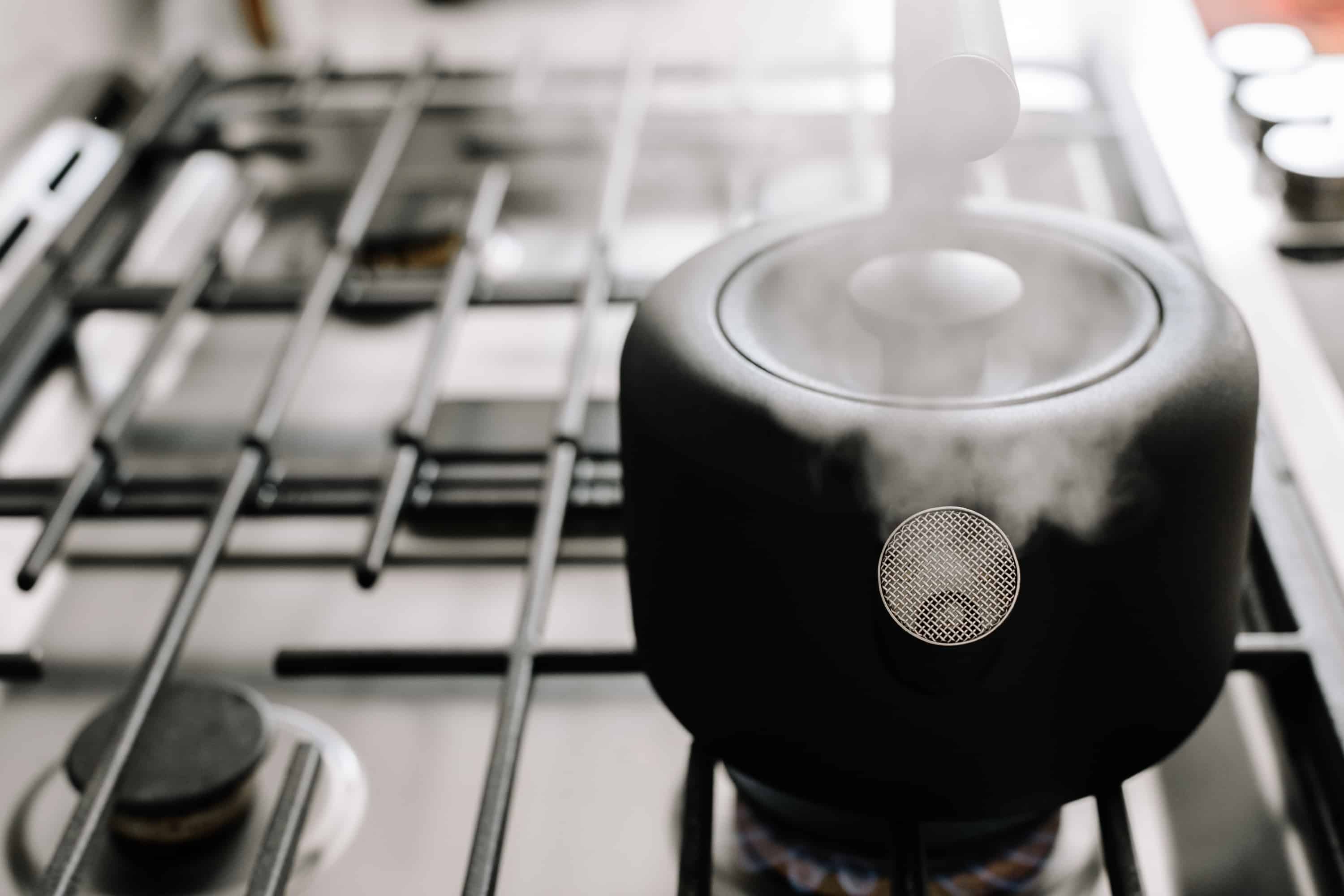

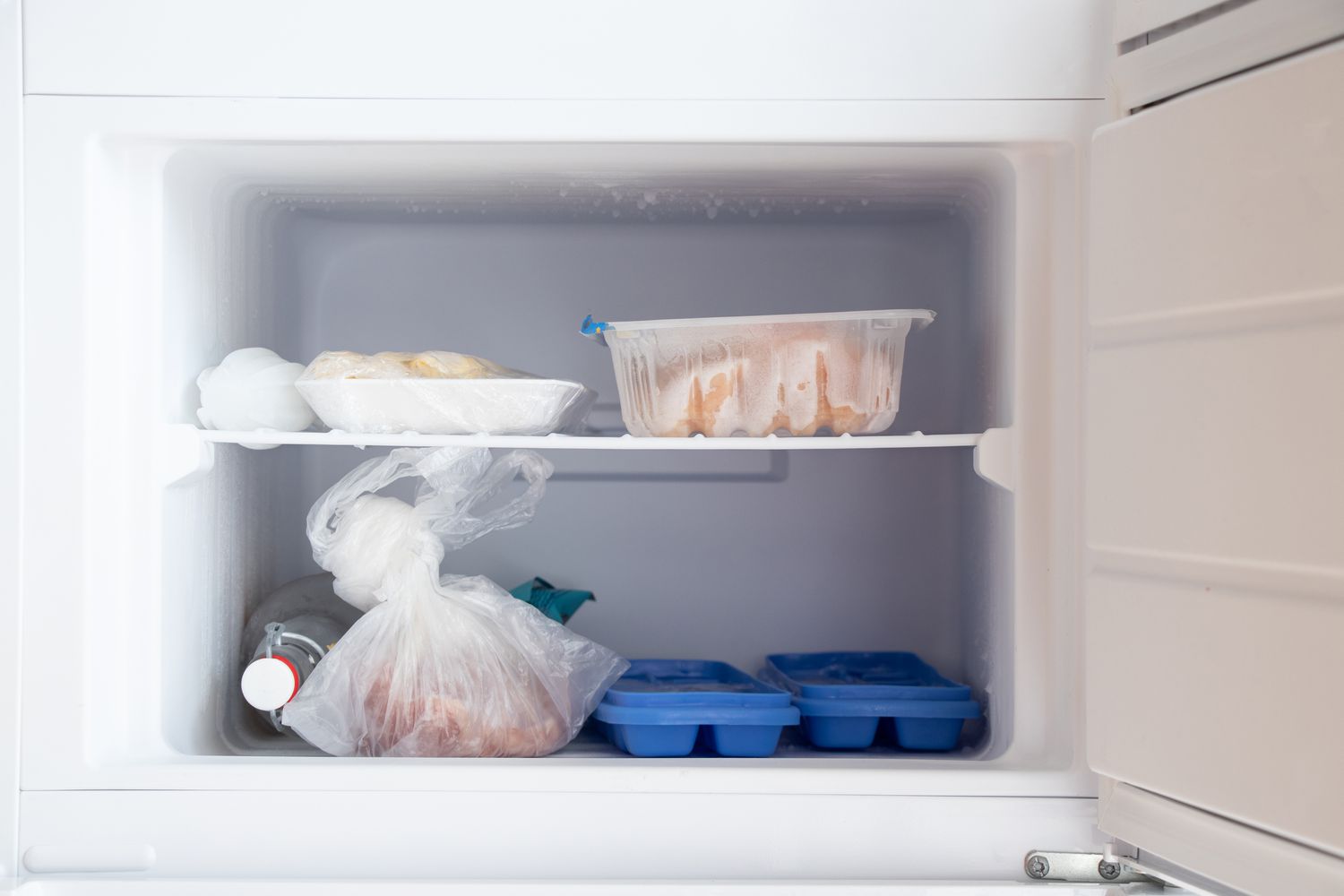



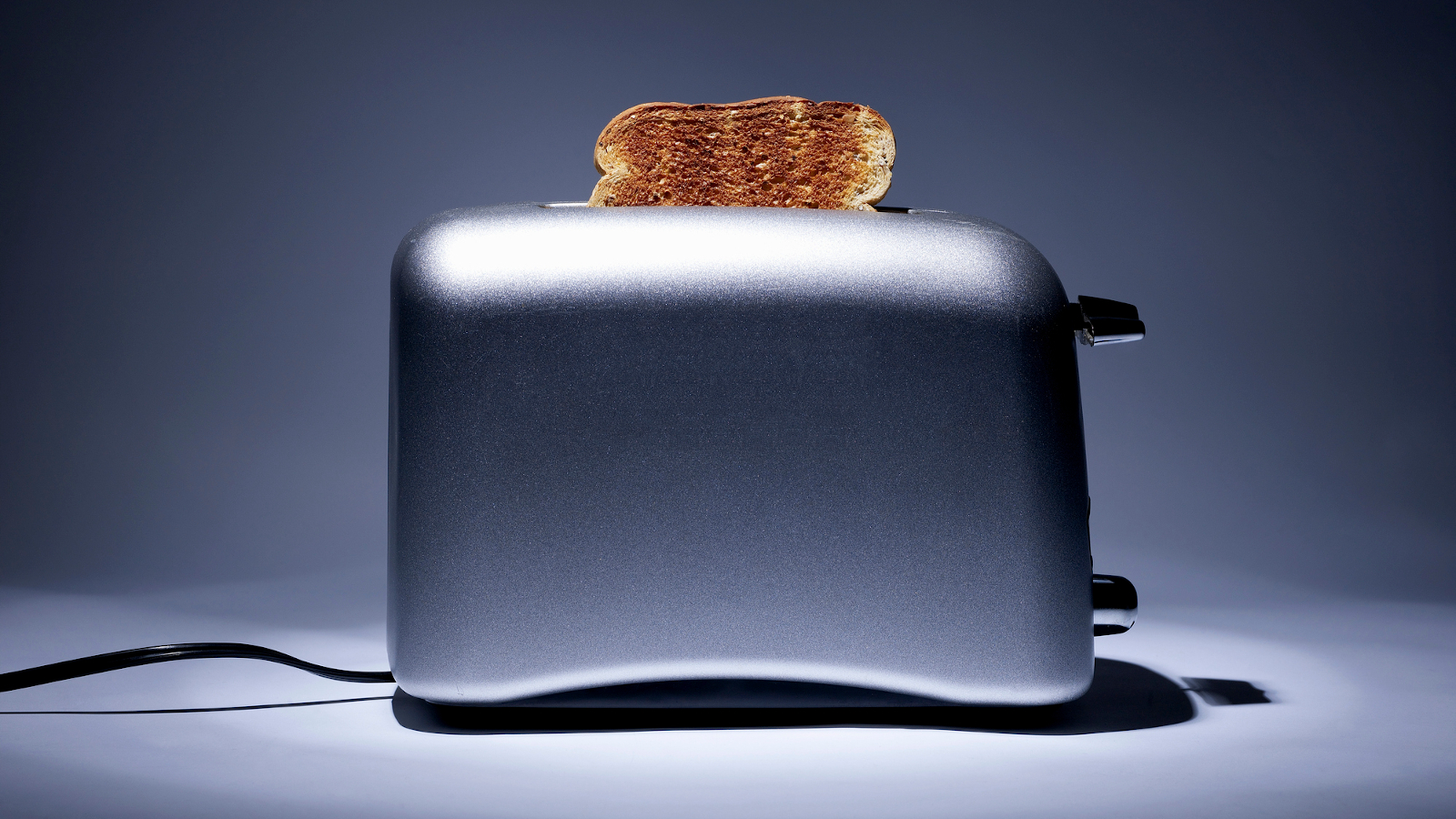


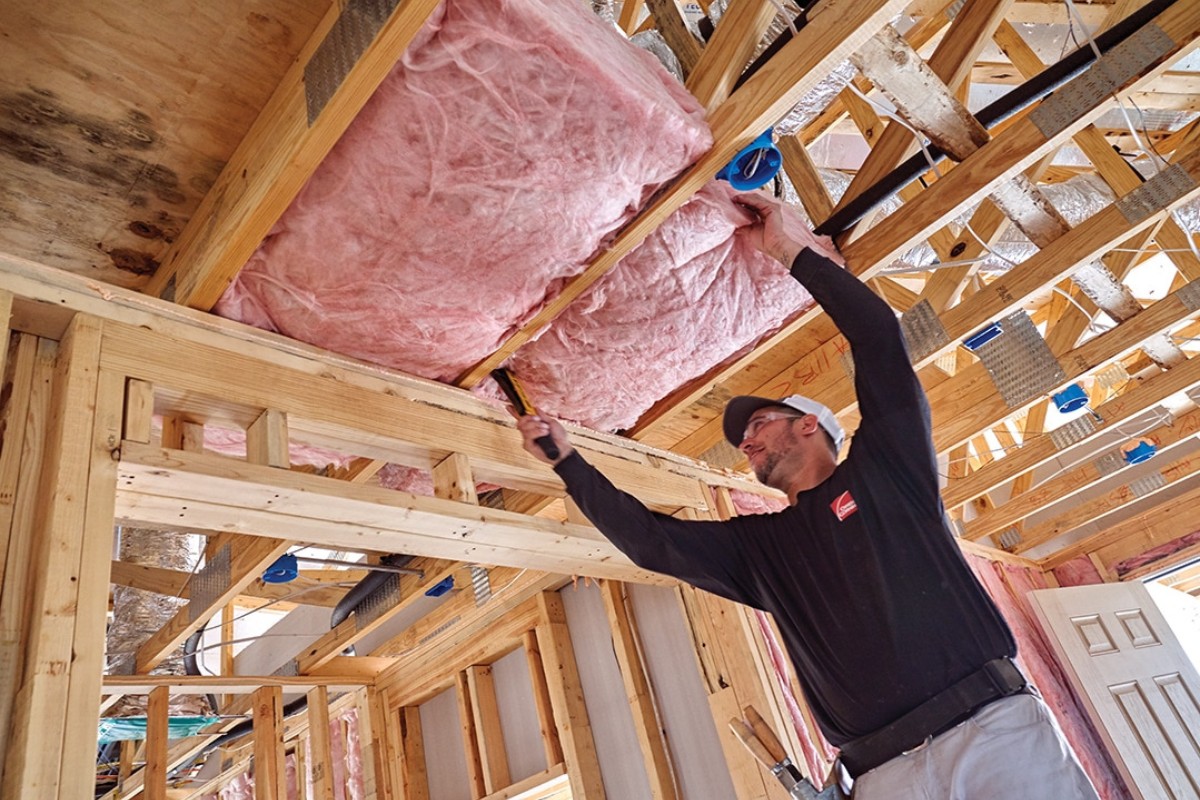


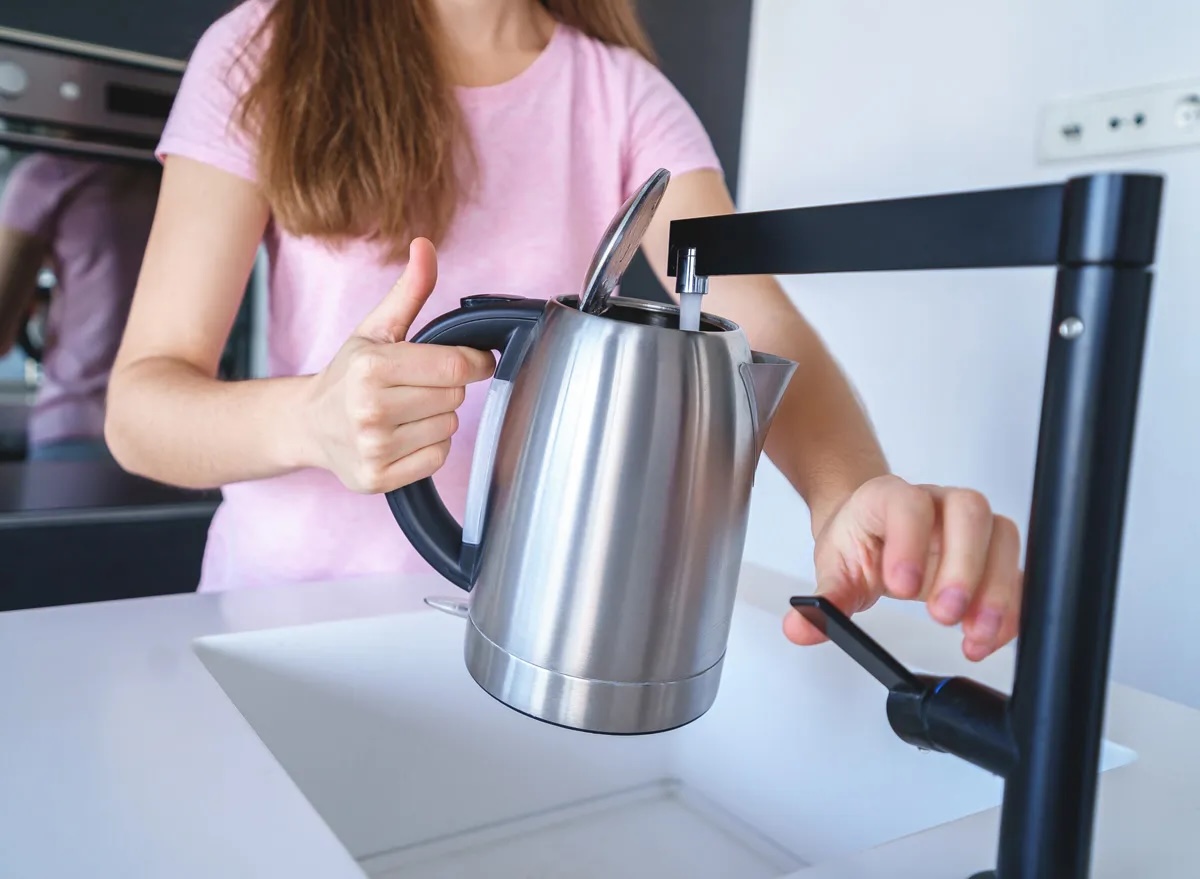

0 thoughts on “How Does A Kettle Work”